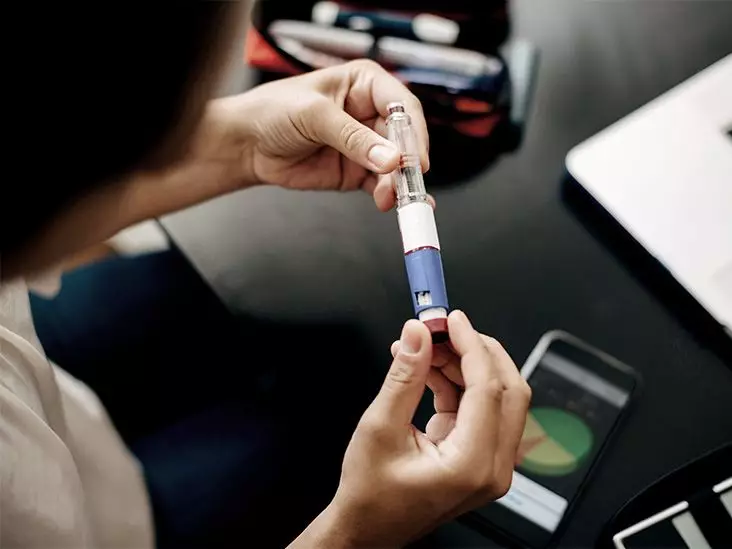Autoimmune orchitis is a rare condition characterized by inflammation of one or both testicles due to an autoimmune response, primarily affecting males. Unlike typical orchitis, which is often caused by infections, autoimmune orchitis occurs when the immune system mistakenly attacks testicular tissue, leading to the production of anti-sperm antibodies that can damage sperm and impair fertility.

This condition can be classified as primary or secondary. Primary autoimmune orchitis occurs without any other autoimmune disorder, while secondary autoimmune orchitis is associated with conditions like systemic lupus erythematosus. Approximately half of those with secondary autoimmune orchitis have anti-sperm antibodies, indicating a higher prevalence among patients with other autoimmune diseases.
Symptoms vary: primary cases may present with minimal symptoms, often going unnoticed until fertility issues arise, while secondary cases are typically more symptomatic, featuring testicular swelling, pain, fever, and malaise. Persistent inflammation can lead to severe complications, including infertility and vasculitis.
Diagnosing autoimmune orchitis is challenging due to its rarity and symptom overlap with more common conditions like testicular torsion. Diagnosis generally involves a thorough physical examination, medical history review, and tests such as blood and urine analyses, along with ultrasound, to rule out infections and assess blood flow.
The exact causes of autoimmune orchitis remain unclear, but potential triggers include previous infections, trauma, or inflammatory processes. Treatment focuses on symptom relief and managing any associated autoimmune conditions, often using non-steroidal anti-inflammatory drugs (NSAIDs) for pain and inflammation. For those facing infertility, assisted reproduction techniques may be necessary.
Ongoing research aims to better understand the mechanisms behind autoimmune orchitis, identify diagnostic biomarkers, and explore immune modulation strategies. Increased awareness and research could lead to improved diagnostics and treatments, ultimately enhancing the management of this complex condition.




